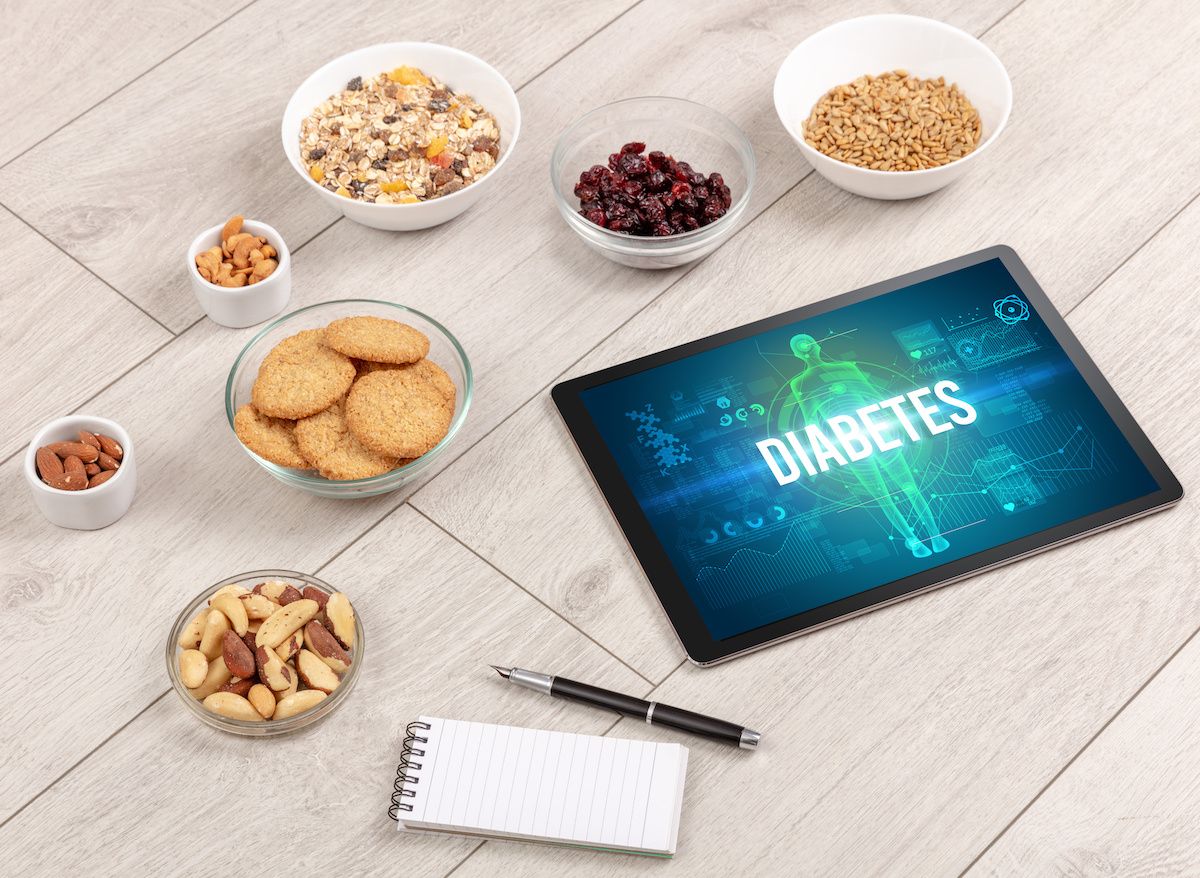Article
ONC's DeSalvo issues next health IT challenge: Build interoperable EHR systems
National Coordinator for Health Information Technology Karen DeSalvo challenged thousands of HIT professionals at HIMSS 2014 in Orlando to work collaboratively to build a truly interoperable EHR system.
Interoperability of electronic health record (EHR) systems is now a national priority, according to Karen DeSalvo, MD, MPH, newly appointed National Coordinator for Health Information Technology, an entity within the U.S. Department of Health and Human Services leading the country’s adoption and use of health information technology (HIT).
“We have to ensure that HIT, an interoperable network of information and data flow connects providers and patients across the continuum. The country is counting on us to provide the information and data necessary to make better, more informed healthcare decisions. We have to get it right.”
DeSalvo challenged thousands of HIT professionals at HIMSS 2014 in Orlando to work collaboratively to build a truly interoperable EHR system that links providers in primary care with other specialties, and hospital systems, regardless of the IT vendor or platform.
“We have made impressive progress on our infrastructure, but we have not reached our shared vision of having this interoperable system where data can be exchanged and meaningfully used to improve care.”
And there is great urgency in developing these systems and solutions, DeSalvo says.
“As a nation, we are also facing a financial disaster with a healthcare system that is breaking the bank for all employers and for each of you as individuals. We are facing a looming threat that we will have to cut costs with an axe rather than the precision of a scalpel through informed evidence-based approaches. We have to act,” she says.
The end-goal will be to deliver the triple aim: improving care, improving the experience for patients, and reducing costs. Technology can deliver on this promise, DeSalvo says, and there have been many examples of successes in reducing costs as they relate to preventing hospitalizations and trips to emergency room departments, to name a few. But those successes have to be “brought to scale” for the rest of the country.
While Accenture predicts the global EHR market will hit $22.3 billion by the end of 2015, it doesn’t mean physicians are happy about the usability of these systems.
In fact, a recent Medical Economics survey of physicians noted widespread frustration (70% of respondents) with the usability of these systems. High costs came in second for nearly half of those physicians responding to the survey.
On this issue, DeSalvo says, “We know that we have had widespread adoption, but we have challenges to overcome with usability of EHR products and user interfaces. We need to better understand safety. We need to make sure that we can electronically measure the value of care… We need to continue to train our workforce. We need to balance the aspirations for the promise of HIT with the burden on providers, not only on meaningful use, but all the expectations in a very dynamic regulatory environment.”
HIT needs to help build solutions to allow patients and caregivers to more actively contribute to their health records, DeSalvo says.
“Most of the data we have captured is held in silos,” she explains. “We need to set it free from its silos and follow the patient where it is needed in a safe, secure, private, and reliable way across accessible networks that are following the proper regulatory framework and in a business environment that allows for this to happen.”
ONC’s focus over the next three years will be to ensure that the right policy standards and environments are in place to facilitate the secure transmission of health data among providers and patients and ONC will “leverage every potential driver to achieve interoperability,” DeSalvo says.
“We will continue to advance and harmonize standards that will enable many different uses of health information and support the delivery of clinical care, payment reform, and ensure privacy and security for everyone in America,” she says.
DeSalvo envisions a time in the near future when an emergency doctor can see electronically what medications a patient is on during a life-threatening emergency, or an oncologist in another state can review the results of a cancer workup to deliver a second opinion to a patient.
“We are going to use all of our expertise available so that we have data that is moving and flowing in a private and secure way. We are going to continue to work with states, employers, consumers, providers, vendors, payers, and anyone who wants to come to have the right regulatory and business environment that removes barriers to data freely flowing,” she says.
“I want this as a doctor; I want this as a patient, and I want this as a daughter,” DeSalvo adds. And it comes at a time when much of the policy focus is shifting rewarding value and reducing healthcare costs overall. Interoperability is becoming even more critical to help rein in redundancies of healthcare services, and facilitate better communication between primary care providers, specialists, hospitals, and patients.
Additional HIMSS 2014 coverage
[Slideshow] HIMSS 2014 in photos: Hillary Clinton, Aetna's Bertolini give keynotes
Hillary Rodham Clinton: Let evidence lead the healthcare reform fight
No delays for ICD-10, says Tavenner at HIMSS 2014
Additional EHR coverage
(Slideshow) Medical Economics EHR survey probes physician angst about adoption, use of technology
Measuring EHR pain points: High cost, poor functionality outweigh benefits, ease of access
Physician outcry on EHR functionality, cost will shake the health information technology sector
Analyze cost, usability features carefully when considering EHR switch





